The British automotive landscape looked very different in 2009. Back then, it was still possible to buy new cars from Bristol, Cadillac, Chevrolet, Chrysler, Daihatsu, Dodge, Hummer, Infiniti, Mitsubishi, Perodua, Proton and Saab.
BMW built attractive cars (X6 notwithstanding), Alfa Romeo offered SEVEN cars (and not an SUV in sight), and the coupé-cabriolet was still a thing. Oh, and the Volkswagen Golf had moved on to its sixth fairway.

Amazingly, it was also possible to buy a brand-new Mk1 Volkswagen Golf. Okay, you had to be in South Africa, but while we were being fed a diet of Fox, the cheap and not-so-cheerful city car, the good people of Cape Town, Durban and Johannesburg could dine on something more palatable. It was called the Citi Golf, and it provides a tantalising glimpse of what cars could have looked like without the impact of safety and environmental legislation.
The story starts in 1978, when the Mk1 Golf first arrived in South Africa. It was an instant hit, with buyers quick to recognise the packaging and economical benefits of the Golf over the Beetle, the sales of which had been in freefall for a while. But the Mk1 Golf’s place in the sun couldn’t last forever; a new second-generation Golf was on the horizon.
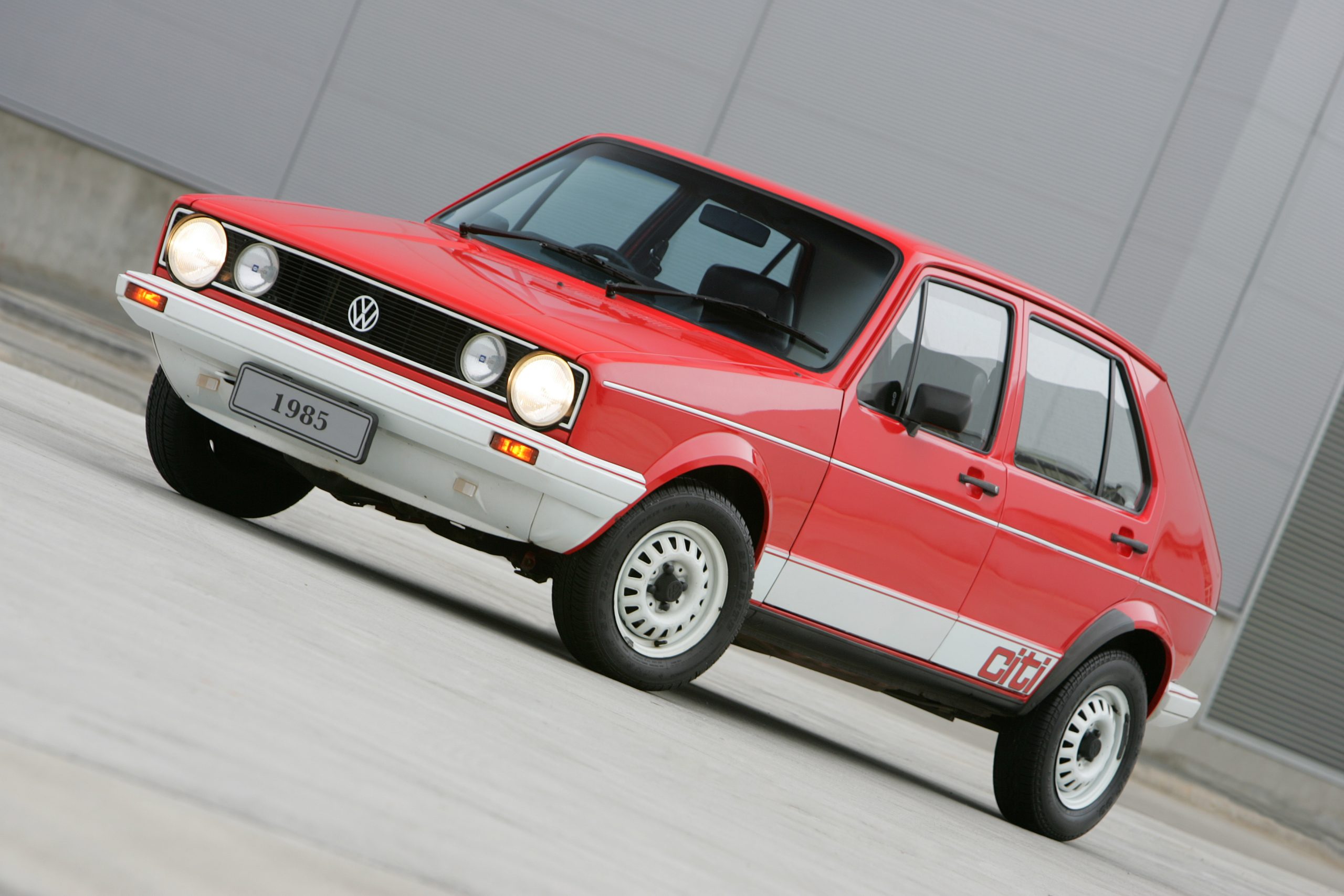
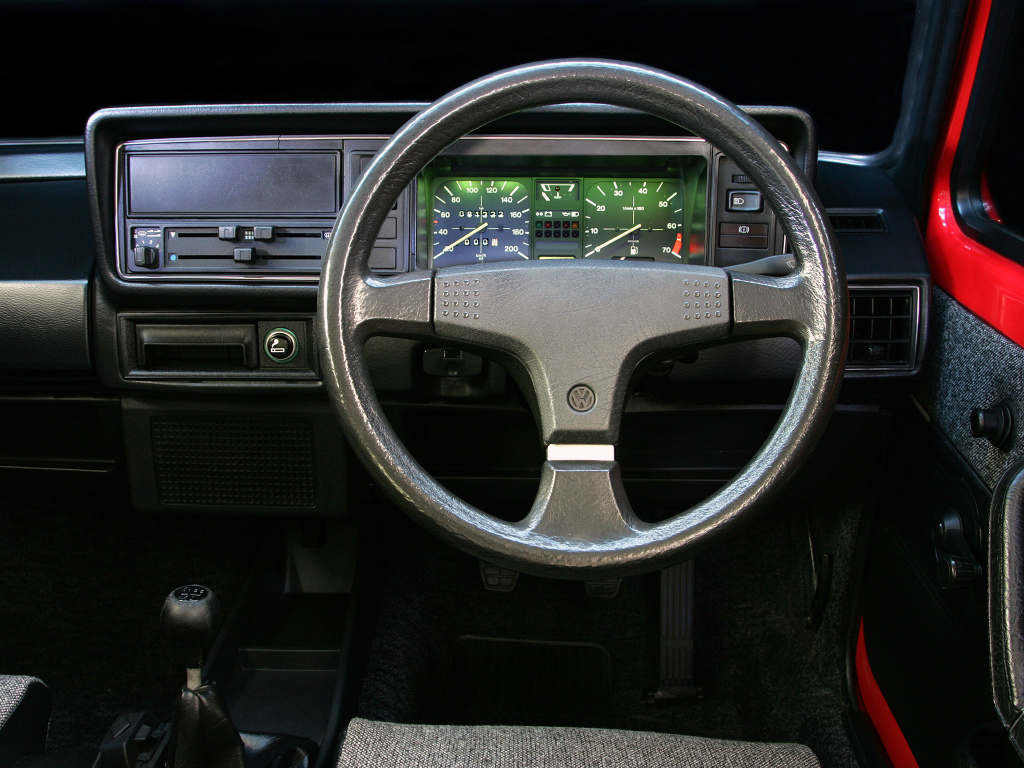
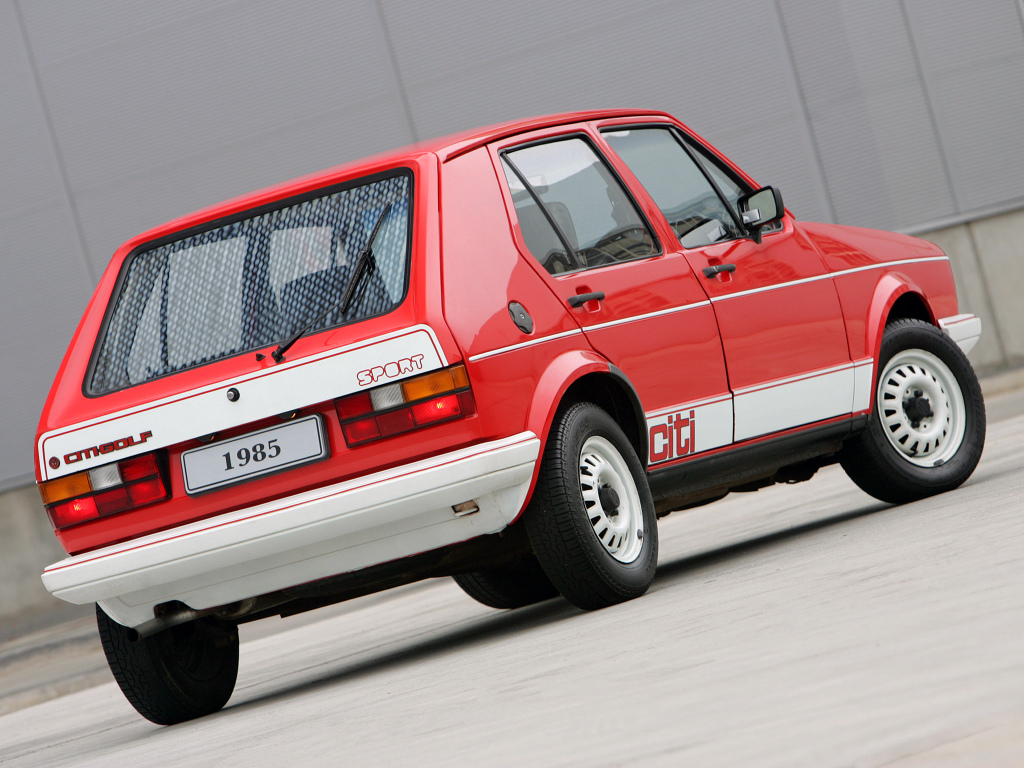
Volkswagen South Africa had concerns that a larger and more expensive Golf would harm sales, so it drew up plans to produce a so-called ‘EconoGolf’. It was to be a stripped-out, no-frills budget car, but intervention from VW’s South African advertising agency put the brakes on the EconoGolf project. Another plan was required.
Following extensive market research, Volkswagen discovered there was an appetite for the Mk1 Golf to continue, albeit with a fresh look and a more upbeat image. Taking inspiration from the colours of Cape Town beach huts and the work of Piet Mondrian, the original Citi Golf models were painted red, yellow or blue, with the wheels, bumpers, side panels and boot lid painted white.
Sales took off, with the Citi Golf enjoying the status of being one of South Africa’s best-selling cars, even in its twilight years. It was a solid third in 2005, with 27,928 sales – a 5.2 percent share of the market. A year later, it was battling the Toyota Yaris for bronze position. An amazing achievement for a car with its roots in the 1970s.
Clever marketing and an evolutionary approach to the car’s development played a part in the car’s success, but the Citi Golf never lost its soul or sense of fun. Buyers could choose from 1.4, 1.6 and 1.8-litre petrol engines, along with special editions like the Billabong, Xcite, GTS and Chico. There were even Citi CTi and R-Line models, widely acknowledged as the best of the breed.
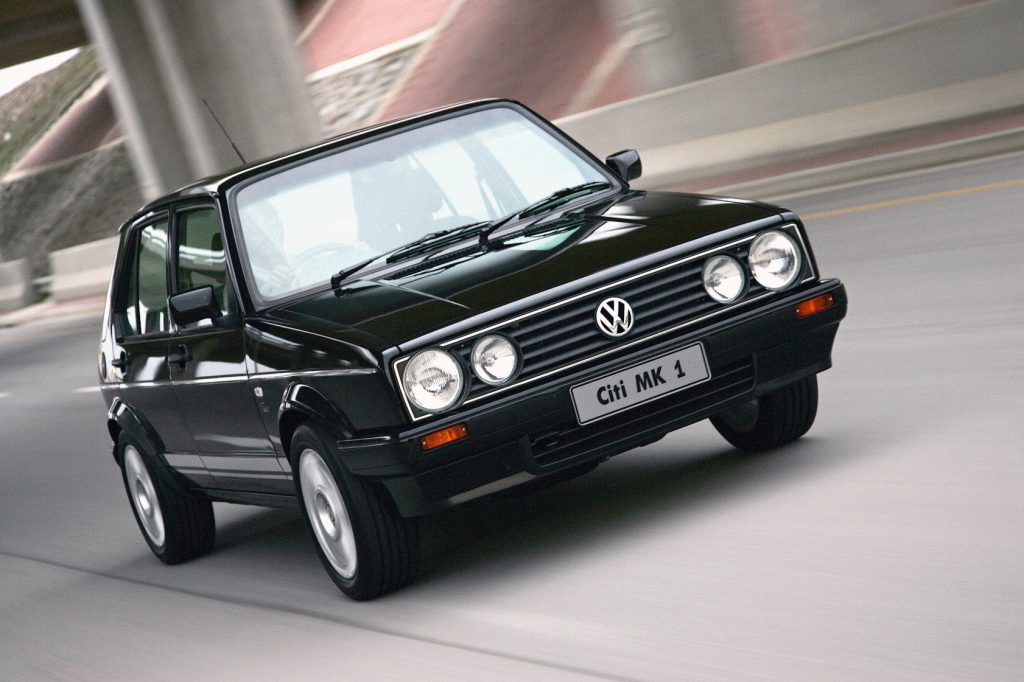
Against all the odds, the Citi Golf survived until 2009, by which time it had evolved to meet South African safety and emissions standards, not to mention the sort of ‘luxuries’ we take for granted in modern cars. Cup holders, CD player and an airbag in a Mk1 Golf? You didn’t even get a radio in the original entry-level Dacia Sandero. Also note the Mk2-style sloping grille and the ‘hockey stick’ on the rear panel, designed to add strength to the C-pillar.
Not surprisingly, the Citi Golf developed a cult following in South Africa, where some 377,484 cars were built at the Uitenhage factory in the Eastern Cape, before Volkswagen called time in 2009. To mark the occasion, Volkswagen launched the Citi Golf Mk1 special edition, complete with 15-inch gunmetal-painted alloy wheels, twin headlights, golf-ball gear knob, tinted windows, half-leather sports seats, leather sports steering wheel with airbag, new floor mats and GTI-style stripes. Just 1000 cars were built, each one with an obligatory numbered plaque on the dashboard.
In an age of three-pot turbos delivering the performance of a 1.6-litre petrol engine, the Citi Golf Mk1’s 98bhp at 5400rpm and 103lb ft at 4400rpm might be underwhelming, but the figures warrant closer scrutiny, because the car weighs just 858kg. It means that the Citi Golf Mk1 can sprint to 62mph in around 8.8 seconds, which is around four seconds faster than the 1.4-litre Fox and a couple of seconds quicker than the contemporary 1.2-litre Polo.
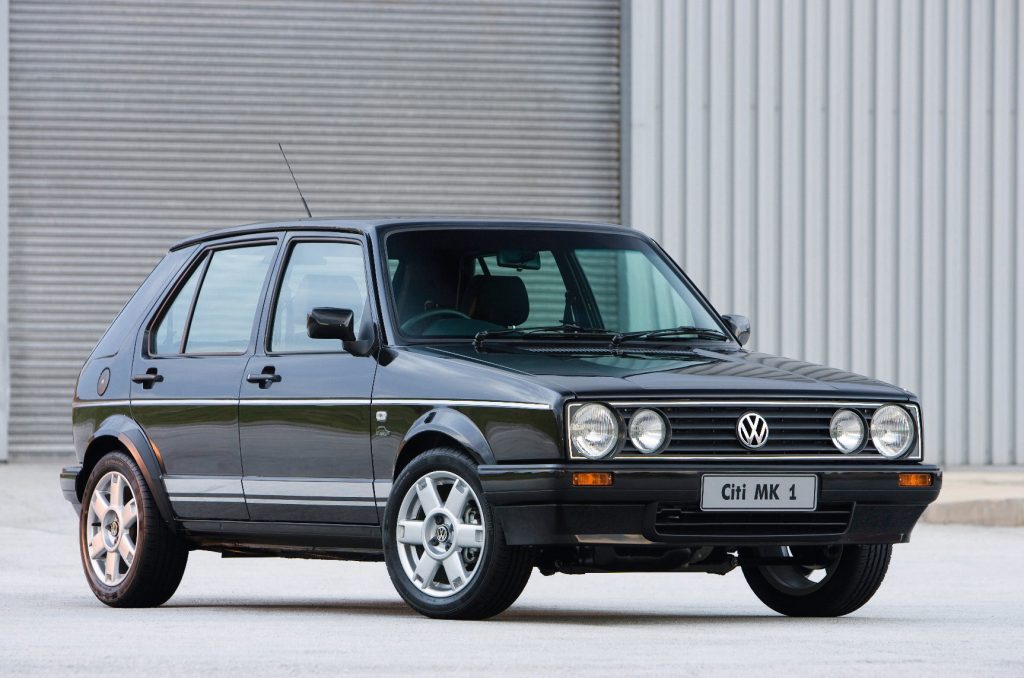
The acceleration time is lifted from this South African review of the Citi Golf Mk1, which quotes a top speed of 180kph (112mph). We’d question the sanity of testing this claim in a car without ABS, EBD, ESP and multiple airbags, before reminding ourselves that we’re looking at a Mk1 Golf. A remastered version of a classic is something to be cherished.
We haven’t driven a Citi Golf – we’d love to, if someone is offering – but the TopCar review is encouraging. The road tester praises the unassisted steering (hurrah) and lightweight chassis (huzzah), before claiming (in 2009) that it “still owns the lower rungs of the ‘enthusiast’s car’ ladder”. For Fox sake, what a shame we were denied access to this little gem.
The reviewer continues: “Pin the clutch to the footwell, keep the throttle steady at a virile 3500rpm – more than that will incinerate the rubber – and ease off the clutch till all that’s holding you back is the handbrake. Then pin the throttle to the Mk1 branded floormat as you simultaneously dump handbrake and clutch. Whooooar. No chirrup from a nannied set of traction-controlled front tyres; instead you’re deafened by the banshee squeal of fighting for and losing and finding grip on tar, before the Mk1 Citi is catapulted on its charge forward.”
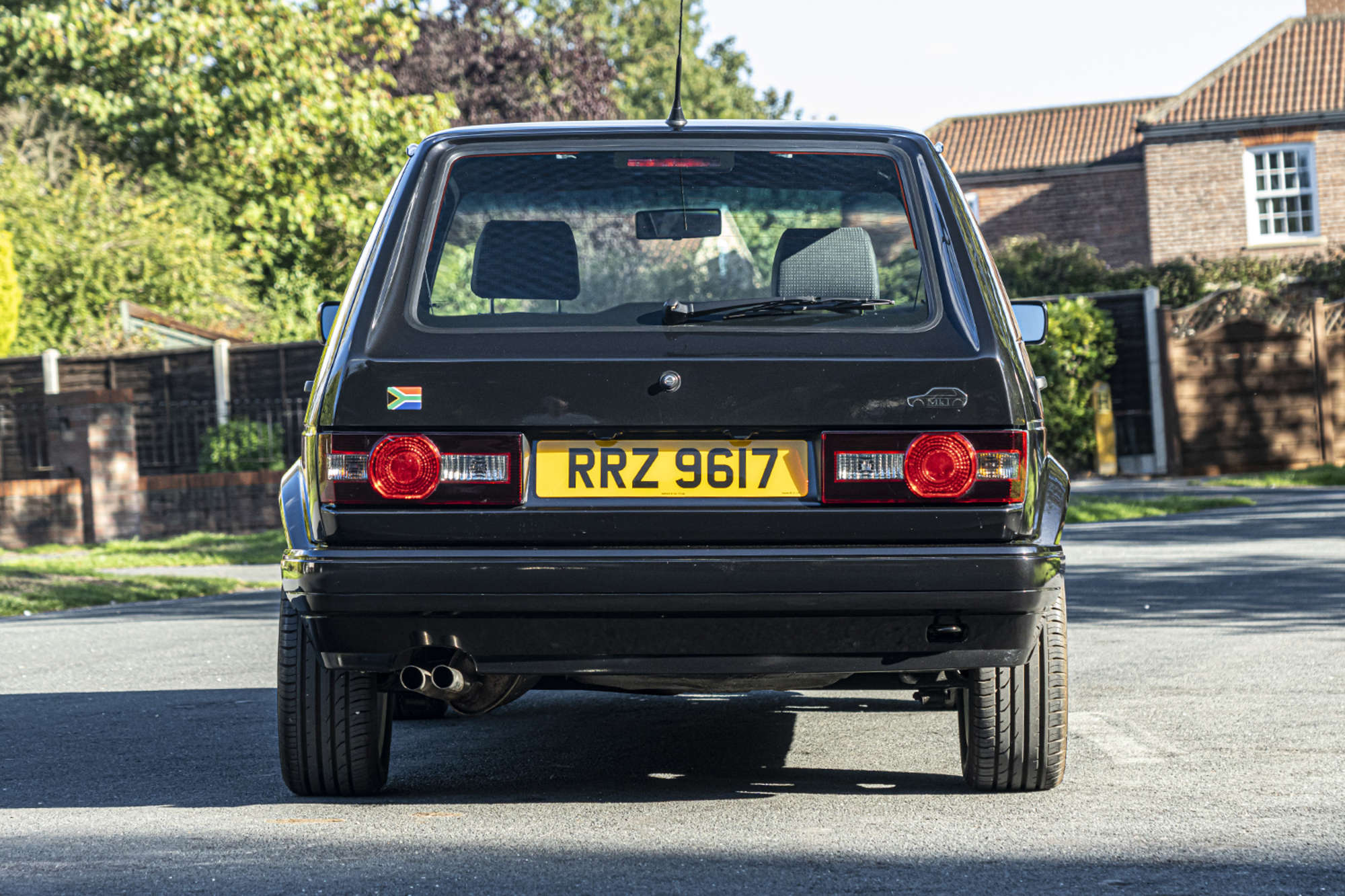
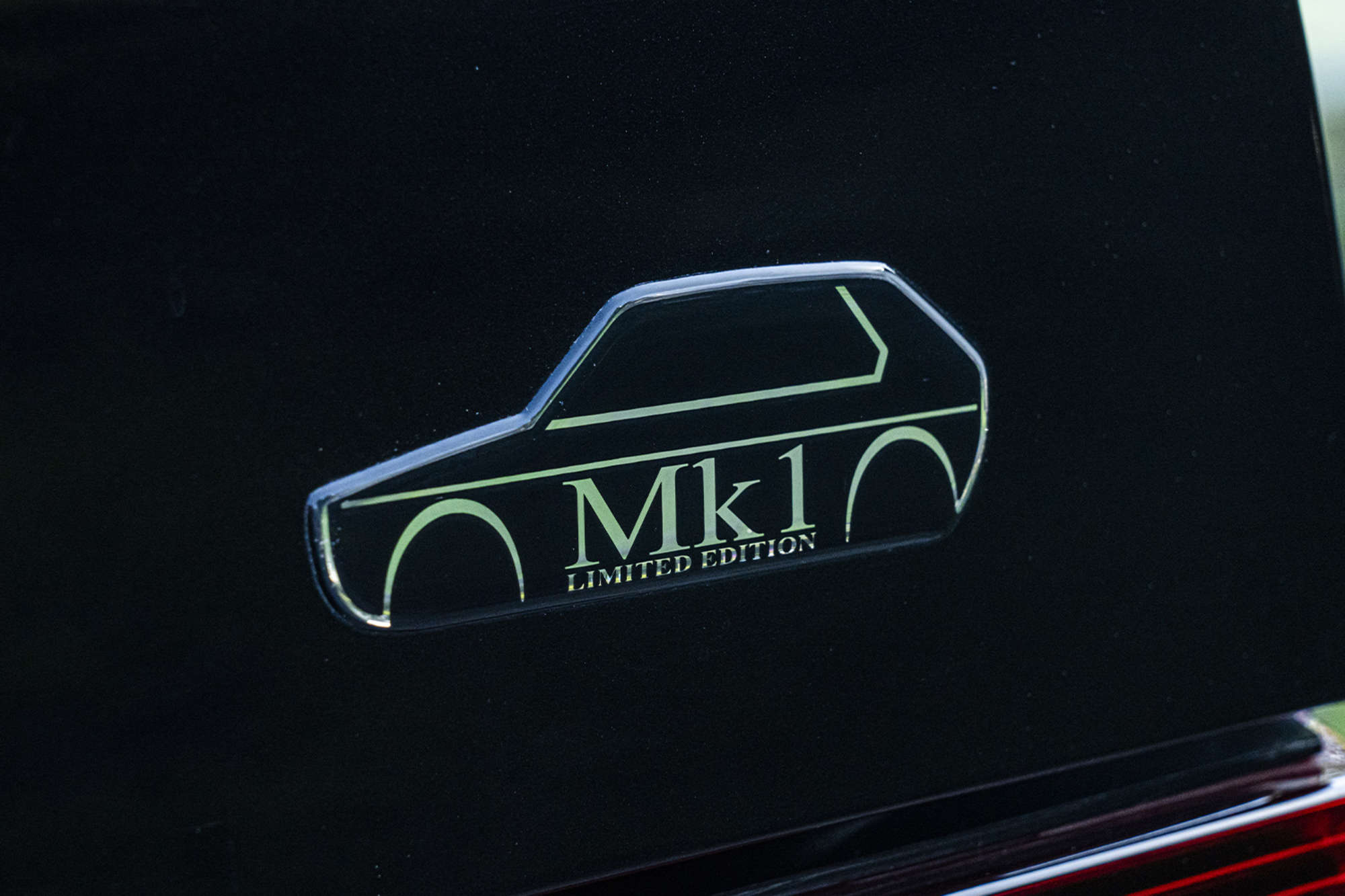
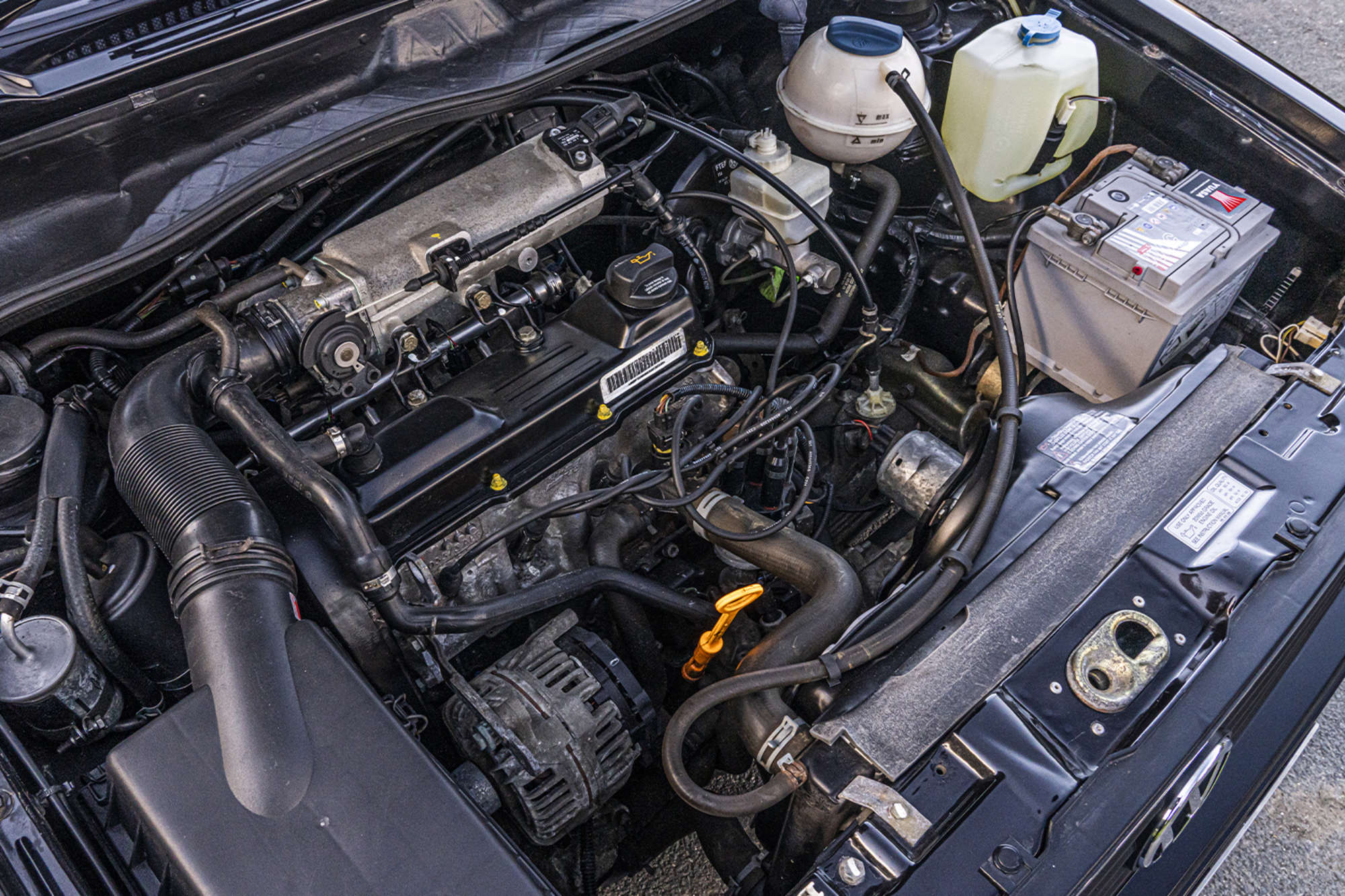
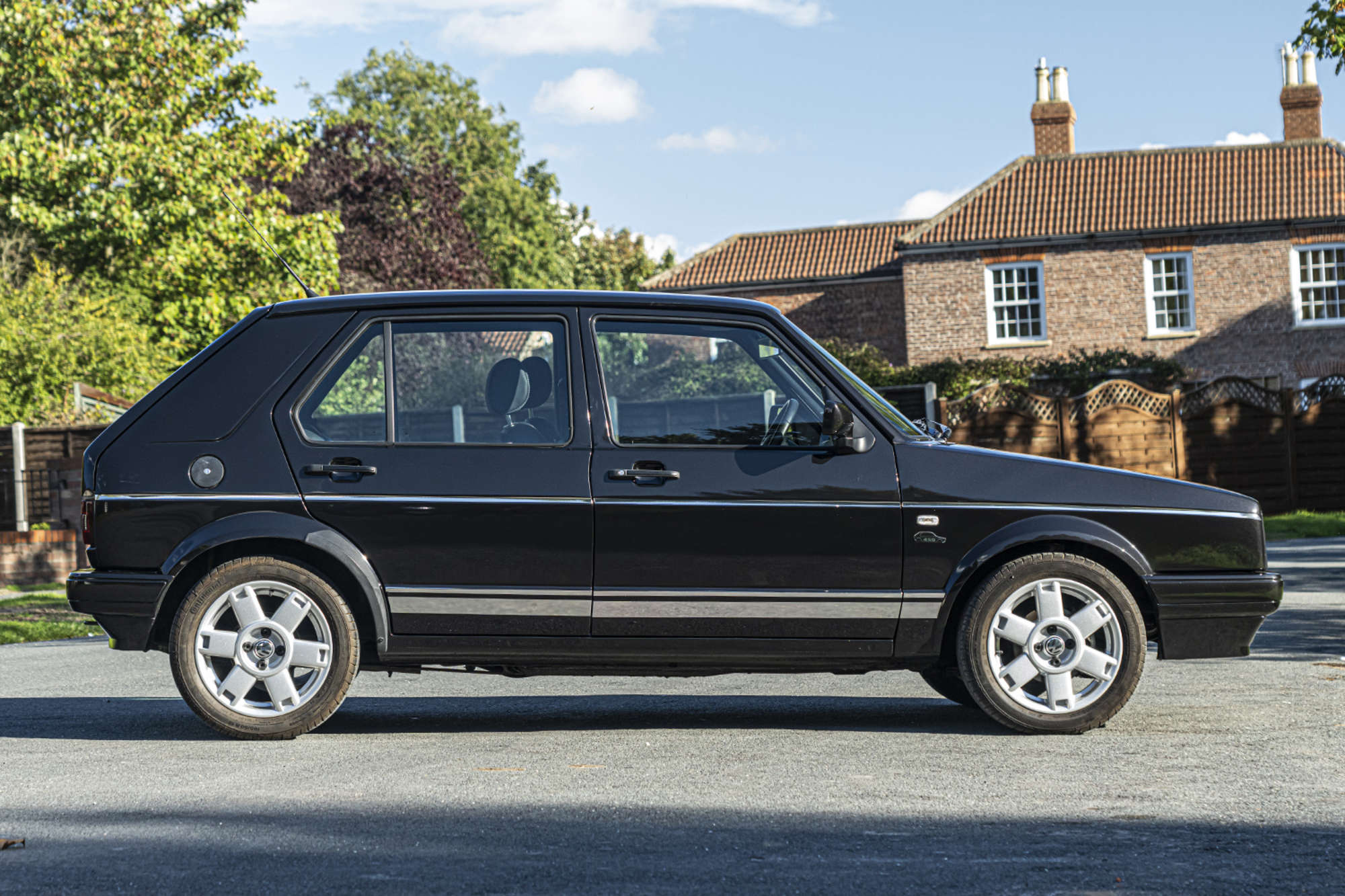
Nobody has ever used the words ‘whooooar’, ‘chirrup’ and ‘banshee’ in the context of the Volkswagen Fox. Are there four ‘Os’ in ‘whooooar? Answers on a pooostcard to the usual address.
Placing the Citi Golf in the UK market is tough, not least because there are so few available over here. Silverstone Auctions reckons car number 459 will fetch between £18,000 and £20,000 when it goes under the hammer at the NEC Classic Motor Show, which might seem like a lot for a modernised Mk1 Golf with a Skoda Fabia dashboard.
But is it? A 2009 Citi Golf with the equivalent of 10,313 miles on the clock is more appealing than a Mk6 Golf of the same vintage, while the South African climate will have been kinder than the UK’s. Besides, that price is barely enough for a new Ford Fiesta in 2022, while a new Golf will cost you £25,500 and your sanity, as you get to grips with the controversial digitise-all-the-things interior.
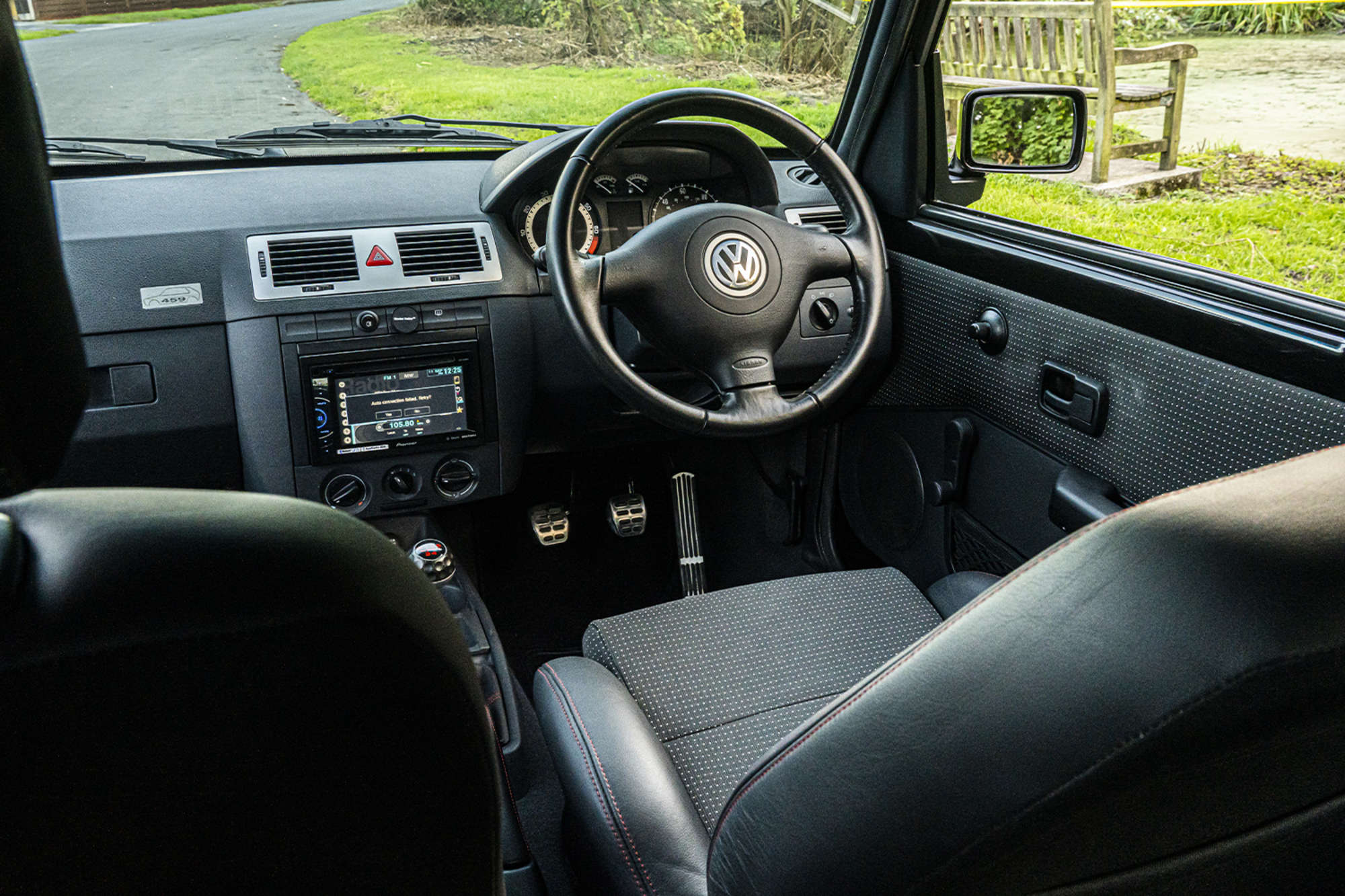
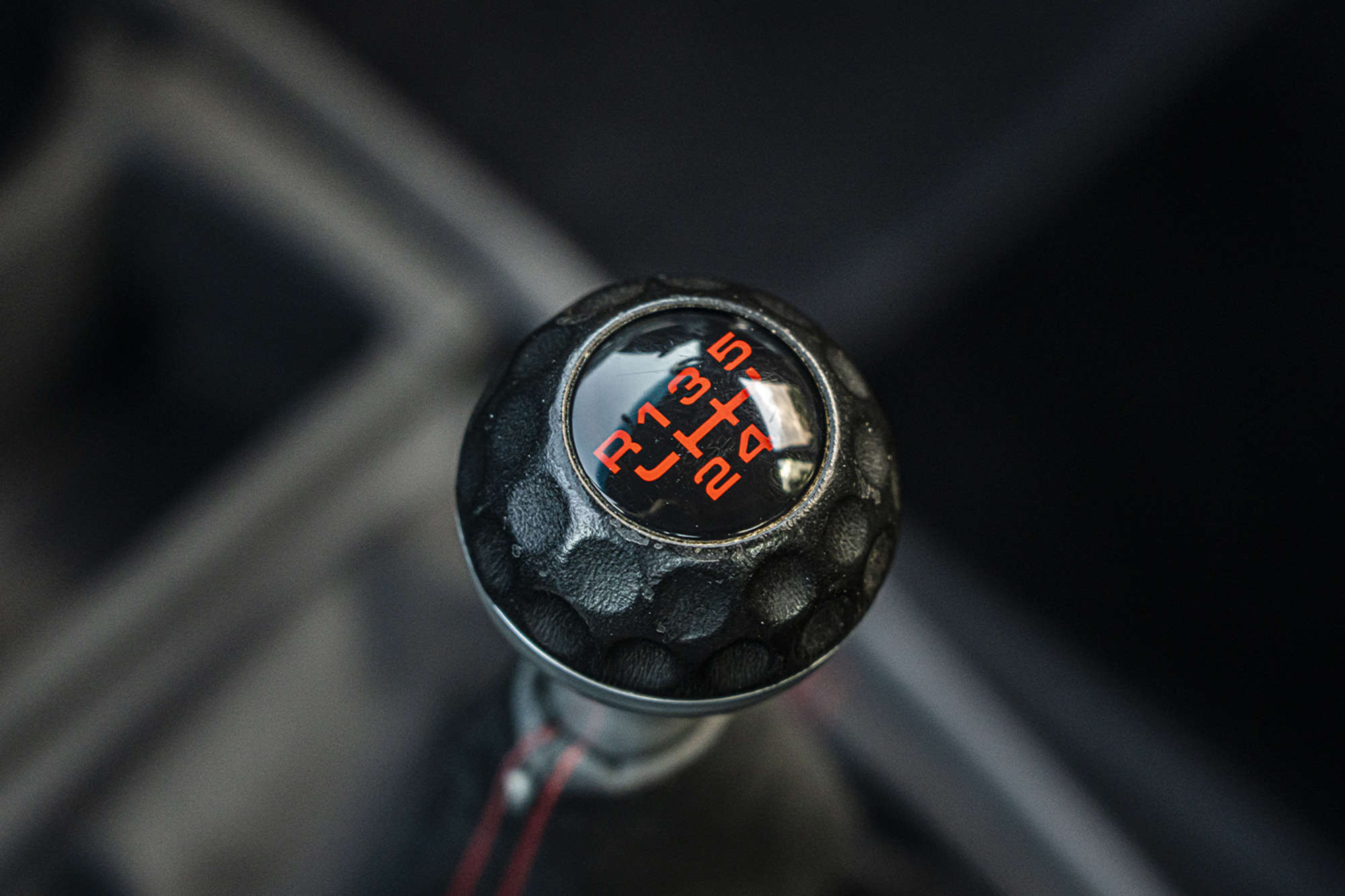
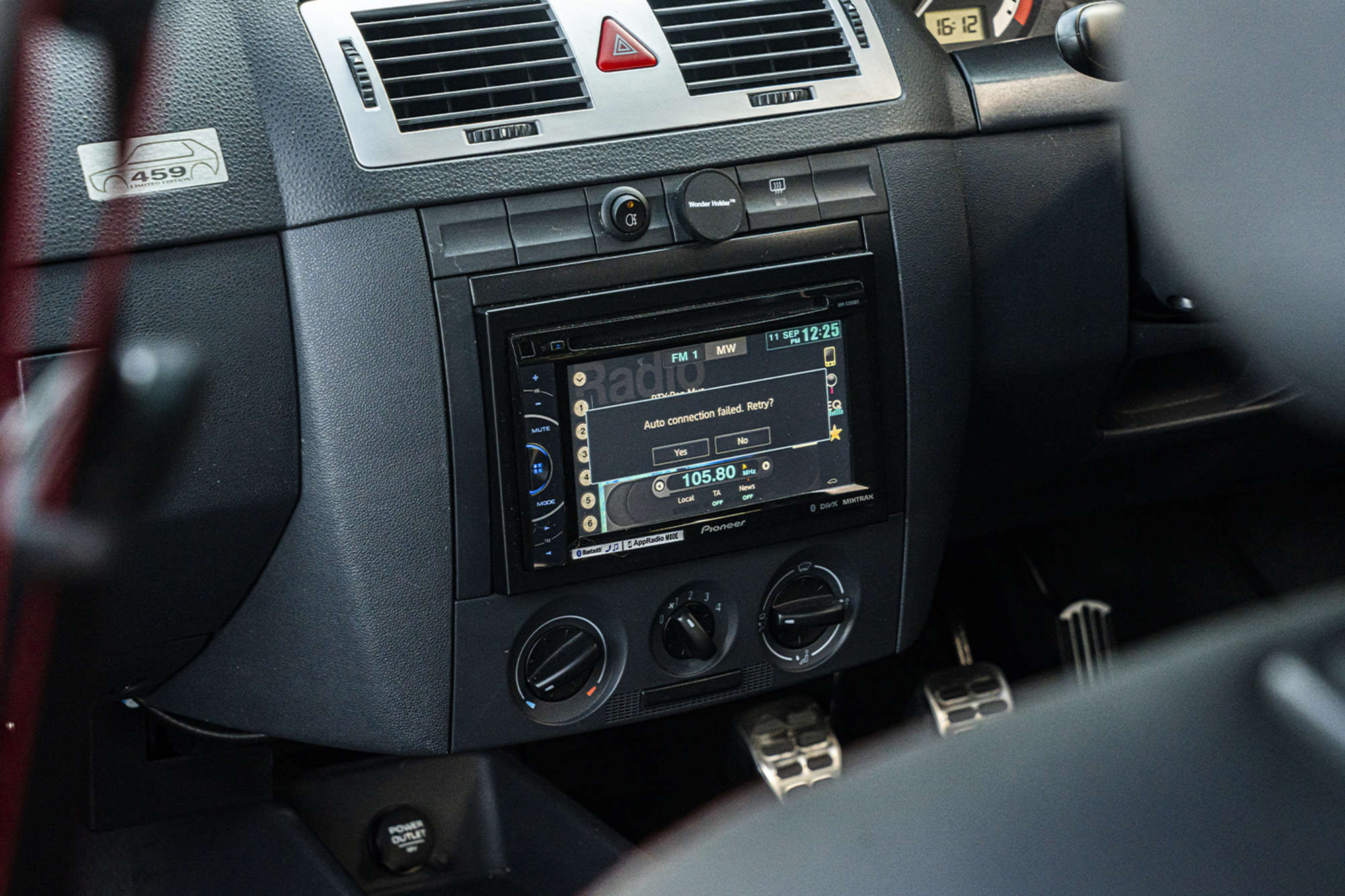
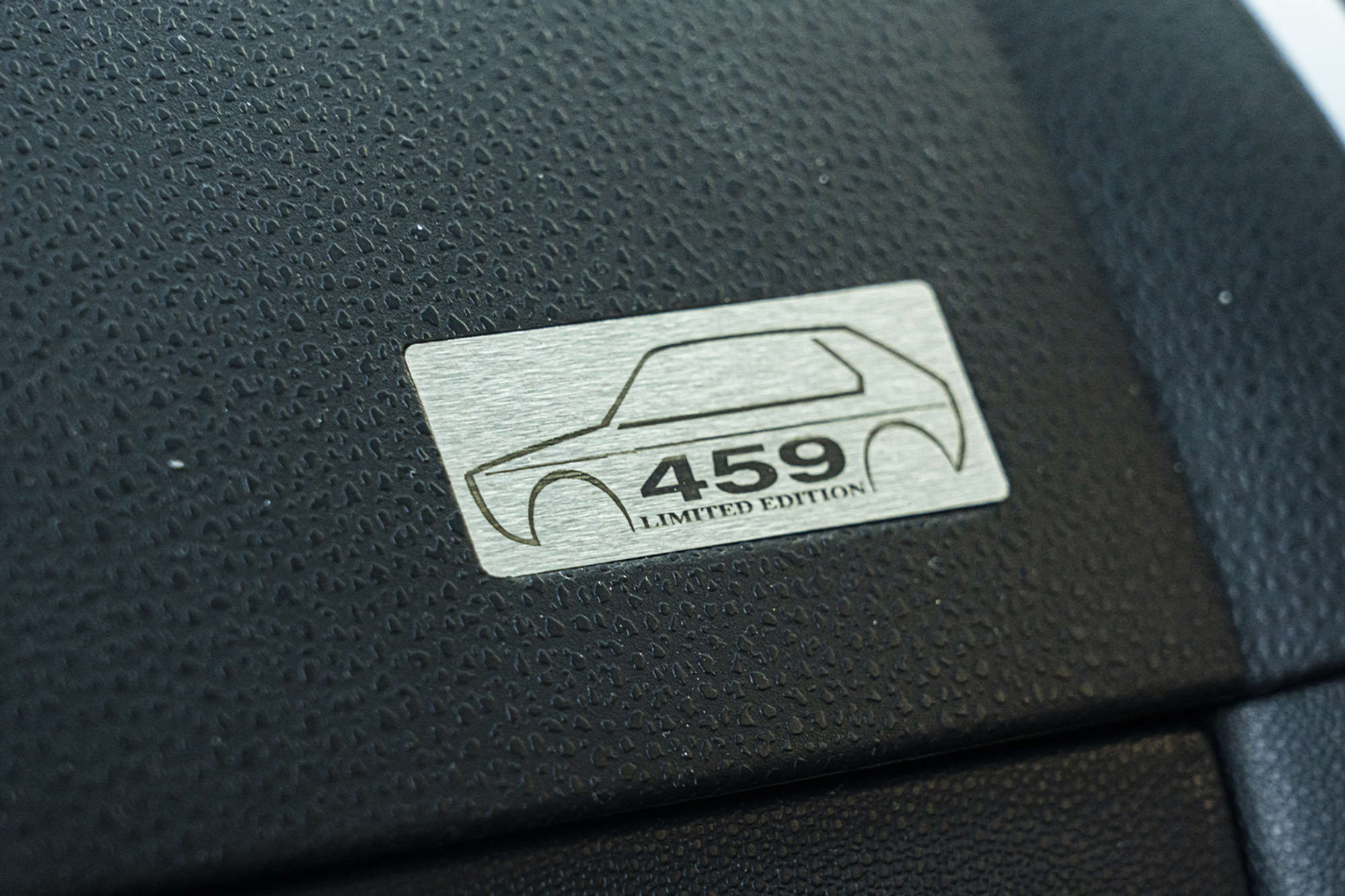
We want the Citi Golf, but we suspect it will divide opinion. ‘The original, updated,’ was a strapline used by Volkswagen to promote the Mk5 Golf GTI. The Citi Golf is the original, evolved, which somehow makes it more authentic. Buy it, then prepare yourself for answering lots of questions whenever you visit a petrol station for a tank of super unleaded.
Fancy playing Golf? You can find the Citi Golf Mk1 on the Silverstone Auctions website.
Read more
Unexceptional Classifieds: Volkswagen Polo Fox
The Birth of a Legend: The Volkswagen Golf GTI
Unexceptional Classifieds: Volkswagen Golf CL
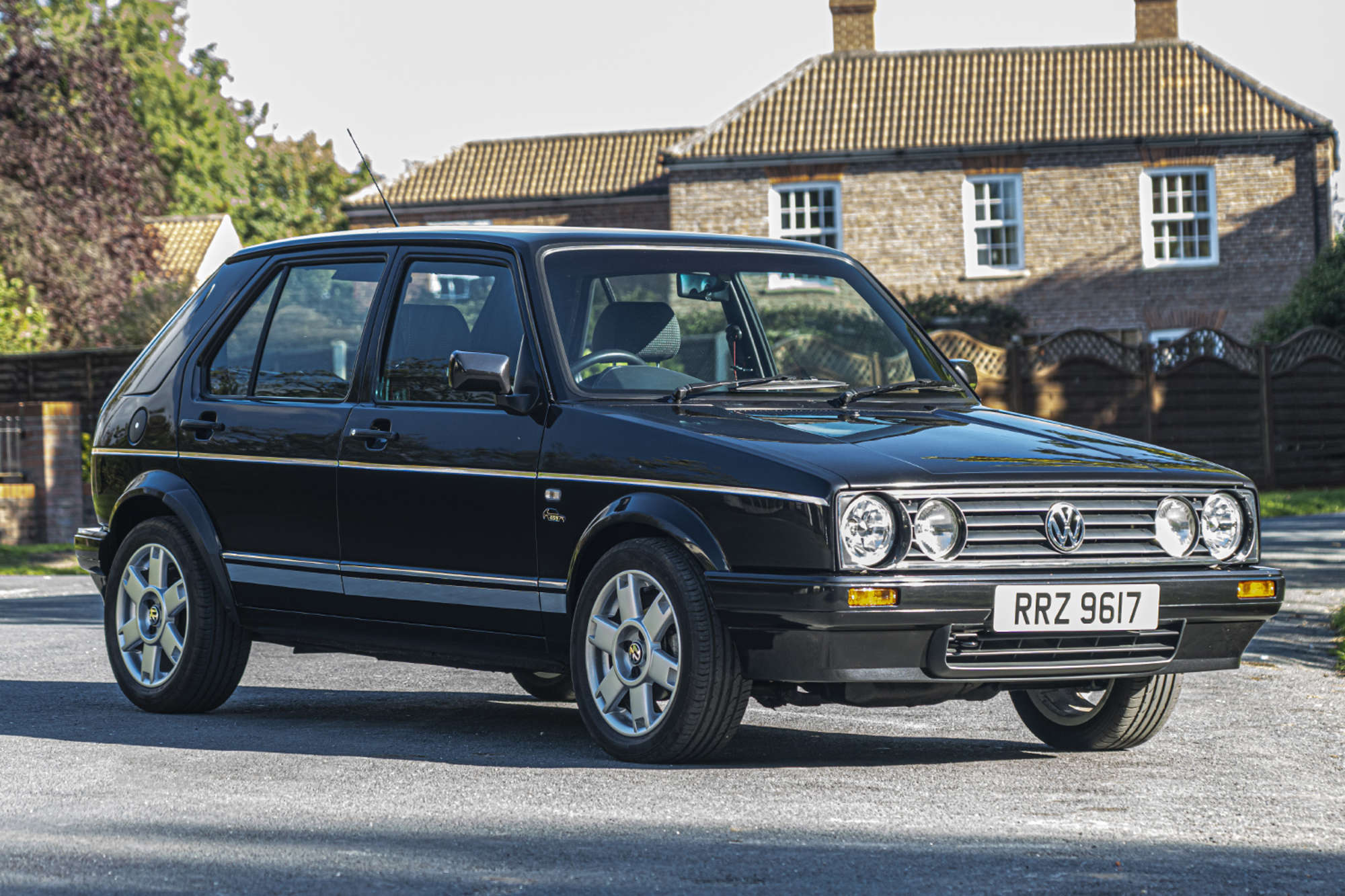

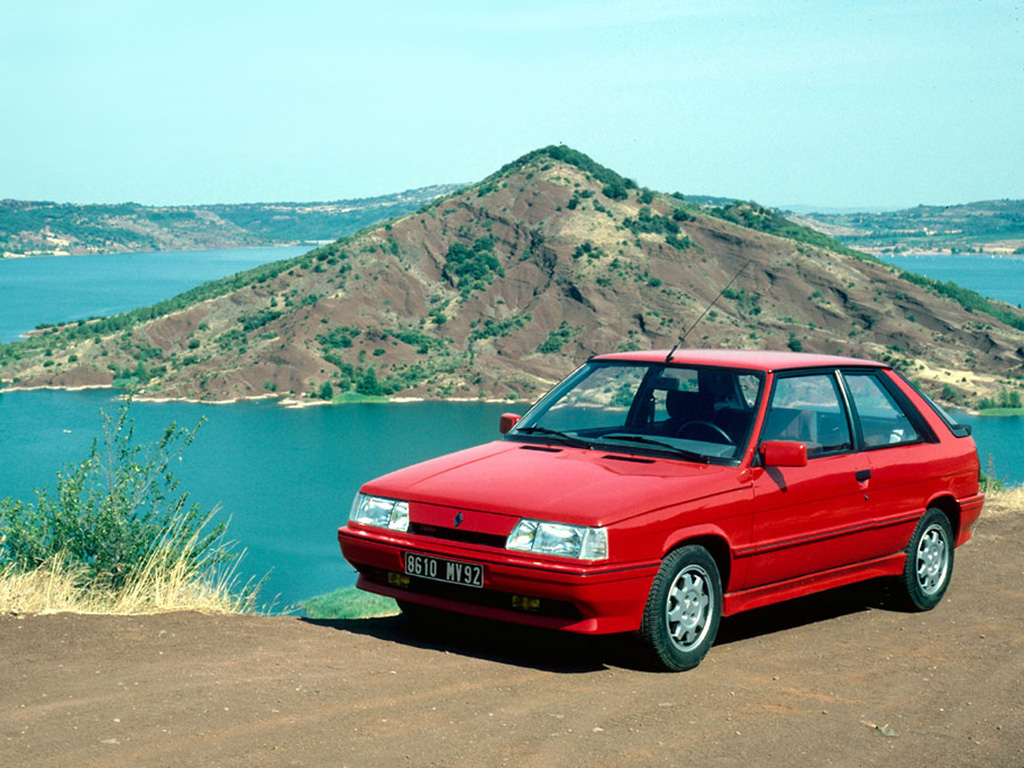
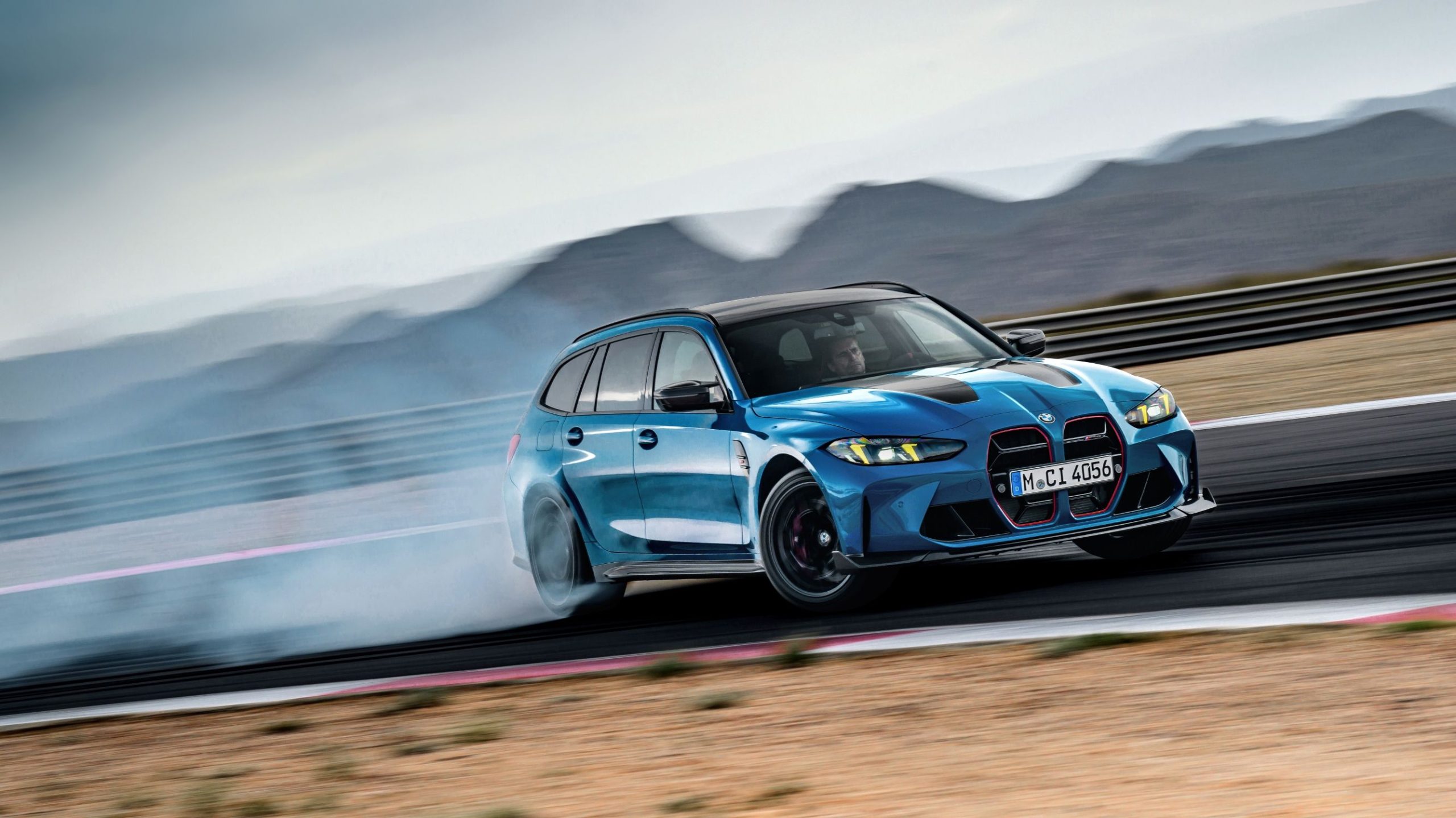






We lived in Jo’burg for a while and bought a Citi Golf. Actually it was the dealer’s demonstrator. Brilliant little car and so practical. In particular the high ground clearance, since not all the roads there are metalled… and for driving around Pilanesburg and Kruger game parks, it got us to the same spots as the 4x4s
Hi lads , I’ve just bought this particular golf (#459). Like the golf I’m from South Africa and couldnt pass up buying this car when I saw it on Auto trader. If you want a drive I’m more than happy to help out.
Hello Dylan, that’s great to hear, and very kind of you to offer – perhaps we can do something when the weather improves, so we’ll be in touch.
No problem Anthony , whenever you are ready
Hi Dylan , I own number 019 and they are amazing cars
Do you mind dropping your social media handles ?
Hello how are you , i have 2006 golf velociti and i just want to know if you know on the certificate it says Series name : vw 310-citi golf , so what is the 310
Was the VW Caddy bakkie ever released in a mk2 format/style in South Africa or just discontinued at the end of the mk1 timespan? If VWSA had continued with a mk2 Caddy bakkie with the mk2 Jetta square headlights I think it would’ve looked pretty cool imho like the mid-90s Brazilian VW Saveiro bakkie (see https://www.rollhard.co.uk/blogs/news/brazilian-heat-the-volkswagen-saveiro-summer?srsltid=AfmBOorc9C0odPH9MD6h3E8IHnkM2e-JMj-BGbLFlDV-pfTHom0mJqi7)